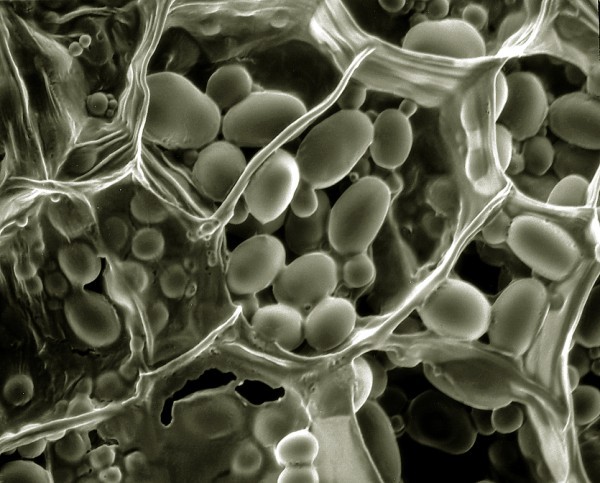FIBER & RESISTANT STARCH
A MISSING LINK FOR THE CHRONICALLY ILL?
POTATO STARCH
“New bacteria must be eaten, and I think that the cure, short of the real deal fecal transplant, is still available in the original, paleo form of naturally fermented, live foods.” – Dr. Art Ayers from February’s post called Resistant Starch, Panacea, but Why?
- INSOLUBLE FIBER: Insoluble Fiber is the dietary fiber we think of when we think of dietary fiber. It is the indigestible part of plants (vegetables and pulpy fruits) that passes right on through you. It is the fiber that adds bulk to your stools, and helps move said waste products through your digestive system. This type of fiber is not readily thought of as being food for your good bacteria (these are knows as ‘Prebiotics’), although to some extent, it can be.
- SOLUBLE FIBER: Soluble Fiber is the fiber that as you might expect, dissolves readily in water. It can actually slow transit time through the intestines. It’s biggest benefit is that it is a far better Prebiotic than is Insoluble Fiber.
- RESISTANT STARCH: Look at the definition (quote) from the top of the page. Although it is not considered to be “fiber” in the truest sense of the word, Resistant Starch is thought to make up approximately 10% of the starch consumed in the average diet. Because Resistant Starch is readily ‘fermentable’ by the bacteria living in your digestive tract, it acts as an extremely potent Prebiotic. Oh, one more interesting thing about Resistant Starch. In order for it to be effective, the source (potatoes, for instance) must first be heated and then cooled.
Before giving us several examples from the peer-reviewed literature of why we do not want to go overboard with Resistant Starch, he says this, “There are a huge number of published studies on resistant starch. My biggest concern is that resistant starch has the potential to cause or perpetuate digestive problems if and when excessive fermentation occurs in the wrong place, mainly the small intestine. To be on the safe side, people with Small Intestinal Bacterial Overgrowth (SIBO)-related digestive illnesses such as GERD, IBS and Celiac disease, to name a few, would be best served by consuming lower levels of resistant starch….” This thought process is echoed by several others. In his recent article (Paleo Gut Flora Repair), DR.ART AYERS goes on to say that, “People get sick on paleo, because they don’t feed their flora. Gut flora are needed to supply vitamins, short chain fatty acids and immune system stimulants. If you don’t feed your flora you get vitamin deficiencies, gut inflammation and autoimmune diseases.“
He’s right, you know. The more I learn about health, the more I am coming around to the old adage; heal the gut, heal the body. This is because GUT HEALTH (or the lack thereof) is being tied to virtually every form of INFLAMMATORY CONDITION, AUTOIMMUNE DISEASE, and ENDOCRINE PROBLEM that you can name — and even some of those that you were led to believe are GENETIC. The thing is, you’ll never get your Gut issues solved if you don’t swallow the whole enchilada (HERE) — or at least the biggest portion of it. Is Resistant Starch right for you? Maybe. Everyone is different. Although I am a serious eater of vegetation (PALEO, NOT VEGAN), I’m not even sure if supplemental RS is right for me. I see an experiment in my immediate future.

